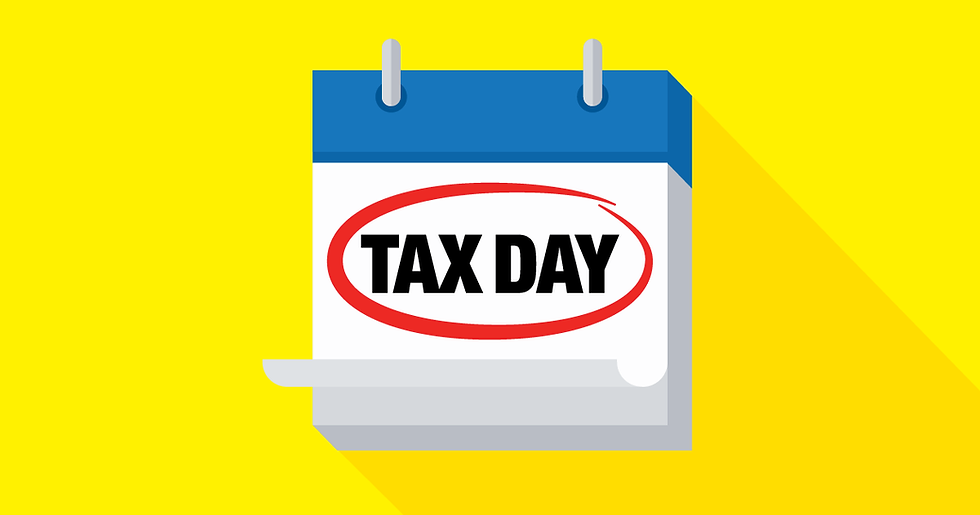Time is Running Out to Take Your 2021 RMD
- Mariko Hayashi-Hall

- Jul 28, 2022
- 2 min read

Article Highlights:
What Are RMDs?
Required Minimum Distributions (RMD) are required taxable distributions from qualified retirement plans and are commonly associated with traditional IRAs. However, they also apply to 401(k)s and SEP IRAs. The tax code does not allow taxpayers to keep funds in their qualified retirement plans indefinitely. Eventually, these assets must be distributed, and taxes must be paid on those distributions. If a retirement plan owner takes no distributions, or if the distributions are not large enough, then he or she may have to pay a 50% penalty on the required distribution amount that is not distributed.
The penalty for failing to take the required minimum amount is 50% of the amount that should have been withdrawn but wasn’t. The penalty can be waived where the failure to take the required distribution was due to reasonable cause, and steps are being taken to remedy the shortfall. The penalty waiver must be applied for, creating additional hassle, not to mention the potential additional tax created by multiple-year distributions in one year.
Note: RMDs do not apply to Roth IRAs.
Age 72 Distributions
Historically, RMDs needed to begin in the year when the retirement plan owner reached age 70½, but a recent tax law change increased the starting age to 72 for years after 2019. The first year’s distribution for those turning age 72 in 2021 can be delayed to no later than April 1, 2022. However, delaying the first distribution means taking two distributions in the subsequent year—which has tax consequences.
IRAs and Qualified Plans
RMDs for 2021 are determined based on the values of the accounts as of December 31, 2020, divided by the distribution period. The distribution period is based on the taxpayer’s life expectancy, determined from the Uniform Lifetime Table for the taxpayer’s current age.

Example: Don’s oldest age during 2021 is 75, and he has a single IRA account with a value of $150,000 at the close of the business day on December 31, 2020. Using the Uniform Lifetime Table for years through 2021, we find that the distribution period for age 75 is 22.9 years. Thus, Don’s RMD for 2021 is $6,550 ($150,000/22.9).
Where an owner of a retirement plan or an IRA dies before receiving his or her entire RMD in the year of death, the unpaid amount must be distributed to the named beneficiaries or, if none, the decedent’s estate.
Computing the RMD
Individuals with multiple retirement plans and/or IRAs may encounter some additional complications when determining from which accounts the distributions must be withdrawn. Note that distributions from a 401(k) or other qualified retirement plan(s) are not transferable and cannot be used to satisfy the RMD of an IRA or vice versa.
If you need to make your 2021 RMD by December 31 and haven’t yet done so, keep in mind that the 31st, a Friday, will be observed as the New Year’s holiday by many financial institutions. So, a word to the wise: don’t wait until New Year’s Eve to arrange for the distribution.
If you need assistance related to your RMD, please contact this office.




Comments